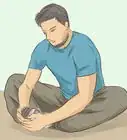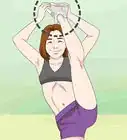This article was co-authored by Eric Christensen, DPT. Eric Christensen is a Physical Therapist based in Chandler, Arizona. With over a decade of experience, Eric works in both orthopedic and neurological fields and specializes in custom orthotic prescription and casting, vestibular reprogramming, and manual therapy. He holds a Bachelor’s degree in Exercise Science with a focus in Sports Medicine from Colorado State University and a Doctor of Physical Therapy from Regis University. In practice, Eric takes a developmental approach to rehabilitation utilizing the Selective Functional Movement Assessment. He uses functional movement patterning and manual therapy to return patients to prior levels of function.
wikiHow marks an article as reader-approved once it receives enough positive feedback. In this case, 100% of readers who voted found the article helpful, earning it our reader-approved status.
This article has been viewed 152,071 times.
The butterfly stretch is one of the simplest stretches, and works on your inner thighs, hips, and groin. It can improve your flexibility for a variety of motion sports, including cheerleading, gymnastics, tumbling, and ballet and is a good exercise for cooling down after a workout. Best of all, the butterfly stretch is very easy to do.
Steps
-
1Sit on the floor with both legs straight out in front of you. Keep your legs in front, and sit up straight to elongate your spine.
- Consider bracing your back against something like a wall to stabilize yourself during this stretch.[1]
- Warm up for 10-15 minutes before stretching so you don't hurt your muscles.
-
2Bring the soles of your feet together. Your knees should bend and point outward. It may be easier to bring one in first, then the other to meet it. Make sure you are sitting upright, with your head above your spine.[2]Advertisement
-
3Bring your heels as close to your body as you can. Hold on to your ankles and pull your feet towards your pelvis. Get as close as possible, but don't force the position beyond your comfort. DO NOT FLAP YOUR LEGS! Moving your legs up in down in a flapping motion can dislocate your joint connecting your leg to the pelvis.
-
4Lean forward. Make sure your back stays straight. You can use your elbows to push gently on your thighs for a deeper stretch.[3]
- If you are a beginner, you do not need to lean too far, just enough to feel the stretch. As you get more comfortable doing it, you may be able to lean further forward.
-
5Hold the pose for 30 seconds. Stay still in this pose and do not bounce up and down, even slightly. If you start to feel extreme pain at any point, then back off the stretch slightly. Try to stay in the stretch for 30-40 seconds.[4]
- You should feel a deep stretch, but it shouldn't be so intense that it changes how you're breathing or makes you tense up.[5]
-
6Relax and repeat the stretch. To really make this effective, you will have to repeat the stretch. Hold the position for 30 seconds two to four times, depending on your tightness, flexibility, and comfort.[6]
Expert Q&A
-
QuestionWhere do you do the butterfly exercise?
 Eric Christensen, DPTEric Christensen is a Physical Therapist based in Chandler, Arizona. With over a decade of experience, Eric works in both orthopedic and neurological fields and specializes in custom orthotic prescription and casting, vestibular reprogramming, and manual therapy. He holds a Bachelor’s degree in Exercise Science with a focus in Sports Medicine from Colorado State University and a Doctor of Physical Therapy from Regis University. In practice, Eric takes a developmental approach to rehabilitation utilizing the Selective Functional Movement Assessment. He uses functional movement patterning and manual therapy to return patients to prior levels of function.
Eric Christensen, DPTEric Christensen is a Physical Therapist based in Chandler, Arizona. With over a decade of experience, Eric works in both orthopedic and neurological fields and specializes in custom orthotic prescription and casting, vestibular reprogramming, and manual therapy. He holds a Bachelor’s degree in Exercise Science with a focus in Sports Medicine from Colorado State University and a Doctor of Physical Therapy from Regis University. In practice, Eric takes a developmental approach to rehabilitation utilizing the Selective Functional Movement Assessment. He uses functional movement patterning and manual therapy to return patients to prior levels of function.
Physical Therapist Sit against a firm, sturdy surface, like a wall. In some cases, people will try to stabilize their back with their inner thighs, which defeats the point of the main butterfly stretch.
Sit against a firm, sturdy surface, like a wall. In some cases, people will try to stabilize their back with their inner thighs, which defeats the point of the main butterfly stretch. -
QuestionHow intense should you hold a butterfly stretch?
 Eric Christensen, DPTEric Christensen is a Physical Therapist based in Chandler, Arizona. With over a decade of experience, Eric works in both orthopedic and neurological fields and specializes in custom orthotic prescription and casting, vestibular reprogramming, and manual therapy. He holds a Bachelor’s degree in Exercise Science with a focus in Sports Medicine from Colorado State University and a Doctor of Physical Therapy from Regis University. In practice, Eric takes a developmental approach to rehabilitation utilizing the Selective Functional Movement Assessment. He uses functional movement patterning and manual therapy to return patients to prior levels of function.
Eric Christensen, DPTEric Christensen is a Physical Therapist based in Chandler, Arizona. With over a decade of experience, Eric works in both orthopedic and neurological fields and specializes in custom orthotic prescription and casting, vestibular reprogramming, and manual therapy. He holds a Bachelor’s degree in Exercise Science with a focus in Sports Medicine from Colorado State University and a Doctor of Physical Therapy from Regis University. In practice, Eric takes a developmental approach to rehabilitation utilizing the Selective Functional Movement Assessment. He uses functional movement patterning and manual therapy to return patients to prior levels of function.
Physical Therapist You're stretching too much if you're needing to hold your breath or finding yourself unable to breathe. As you stretch, ask yourself "Where do I feel like I'm changing my breathing?" Try to strike a healthy balance, or else your body will react poorly to that stretch in the future.
You're stretching too much if you're needing to hold your breath or finding yourself unable to breathe. As you stretch, ask yourself "Where do I feel like I'm changing my breathing?" Try to strike a healthy balance, or else your body will react poorly to that stretch in the future.
Warnings
- Stretching should not hurt extremely. It is meant to help you warm up or cool down around a workout. If you feel extreme pain while stretching, stop at that point for 30-40 seconds or it will not give you any results (because no pain, no gain).⧼thumbs_response⧽
- Be careful to avoid overstretching. Stretching further than you are able, or for too long, can lead to muscle pulls and tears.⧼thumbs_response⧽
References
- ↑ Eric Christensen, DPT. Physical Therapist. Expert Interview. 29 June 2021.
- ↑ https://www.acefitness.org/acefit/exercise-library-details/7/216/
- ↑ http://www.nyrr.org/youth-and-schools/running-start/coaching-videos/middle-school/stretches-strength/butterfly-stretch
- ↑ Eric Christensen, DPT. Physical Therapist. Expert Interview. 29 June 2021.
- ↑ Eric Christensen, DPT. Physical Therapist. Expert Interview. 29 June 2021.
- ↑ https://www.acefitness.org/acefit/exercise-library-details/7/216/
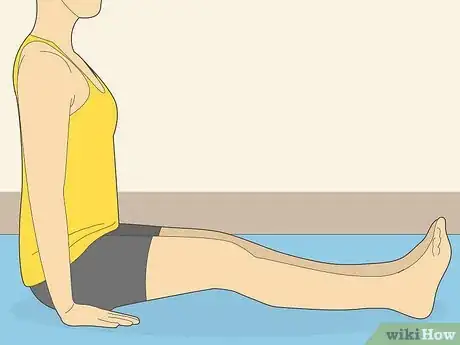

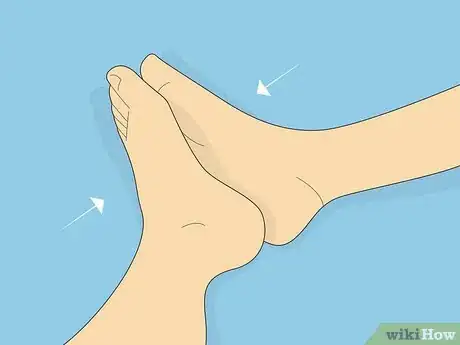
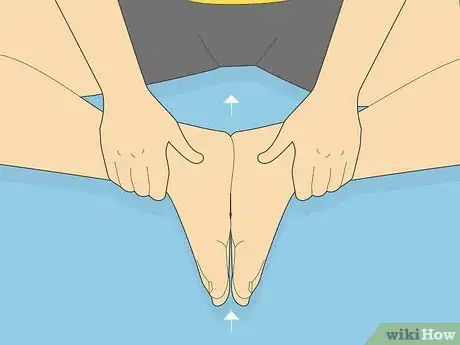
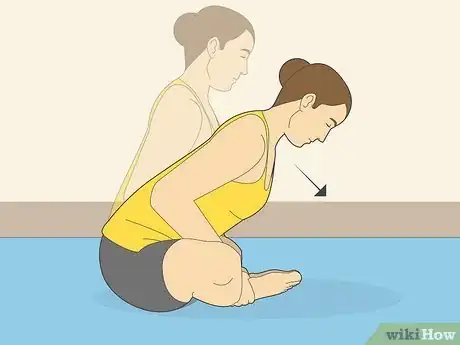
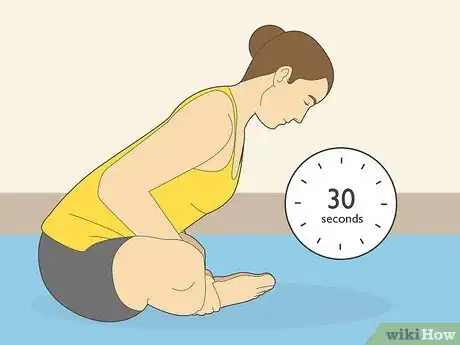
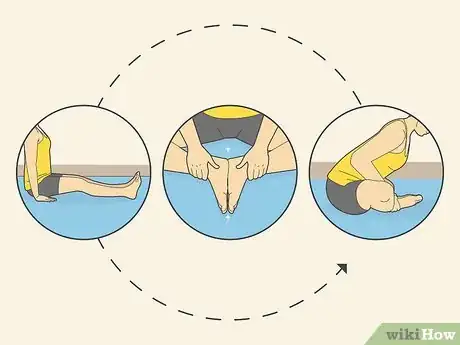
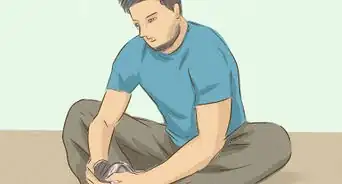
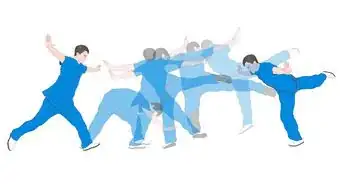
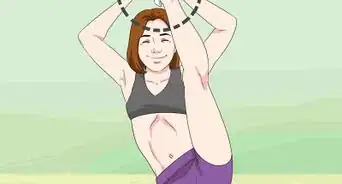
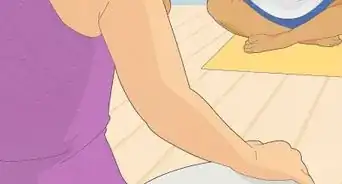
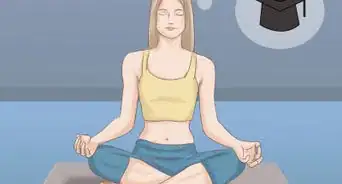
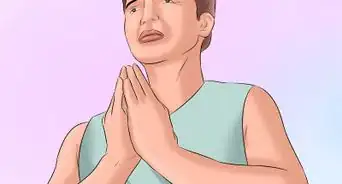
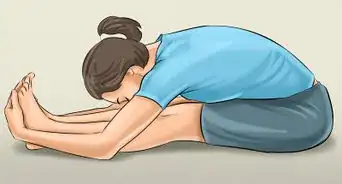

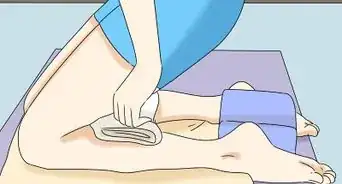
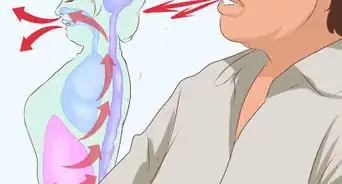

-Step-16.webp)











